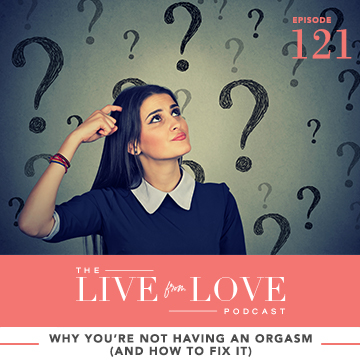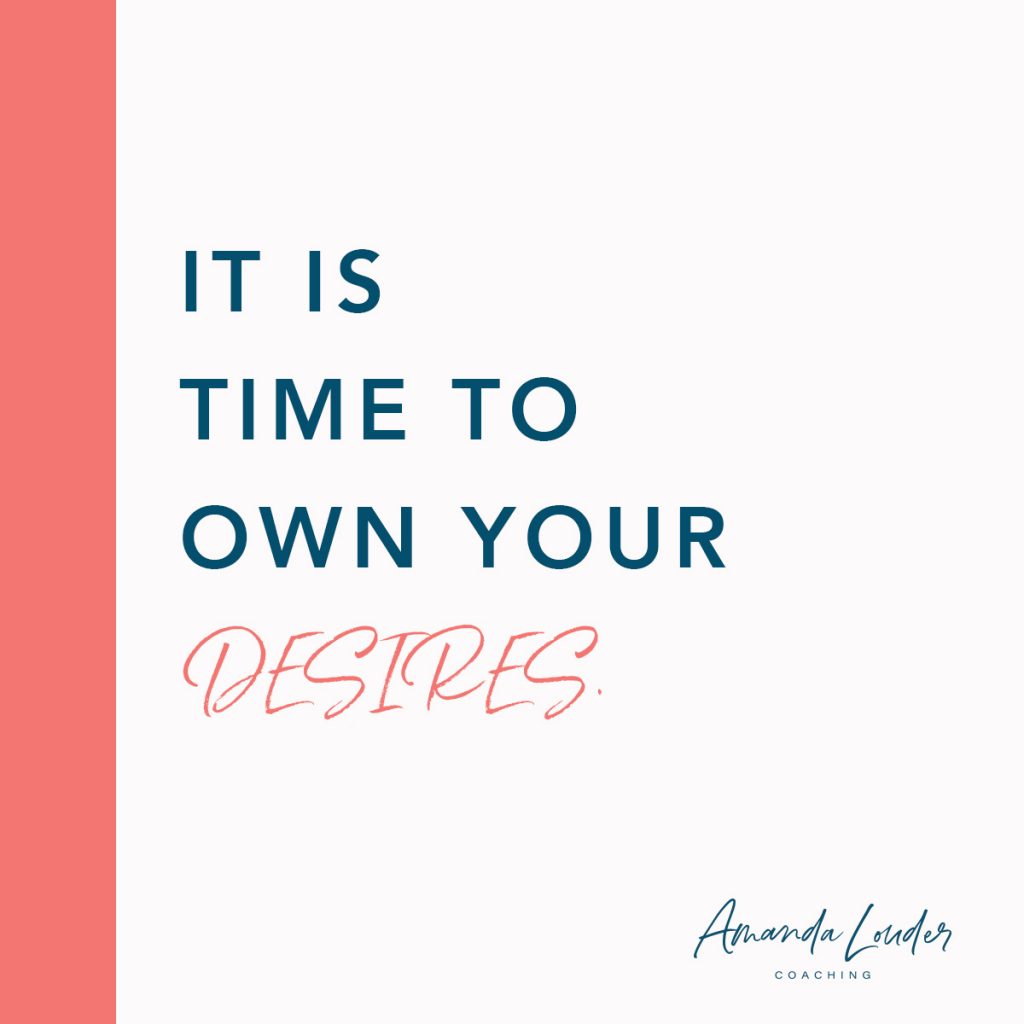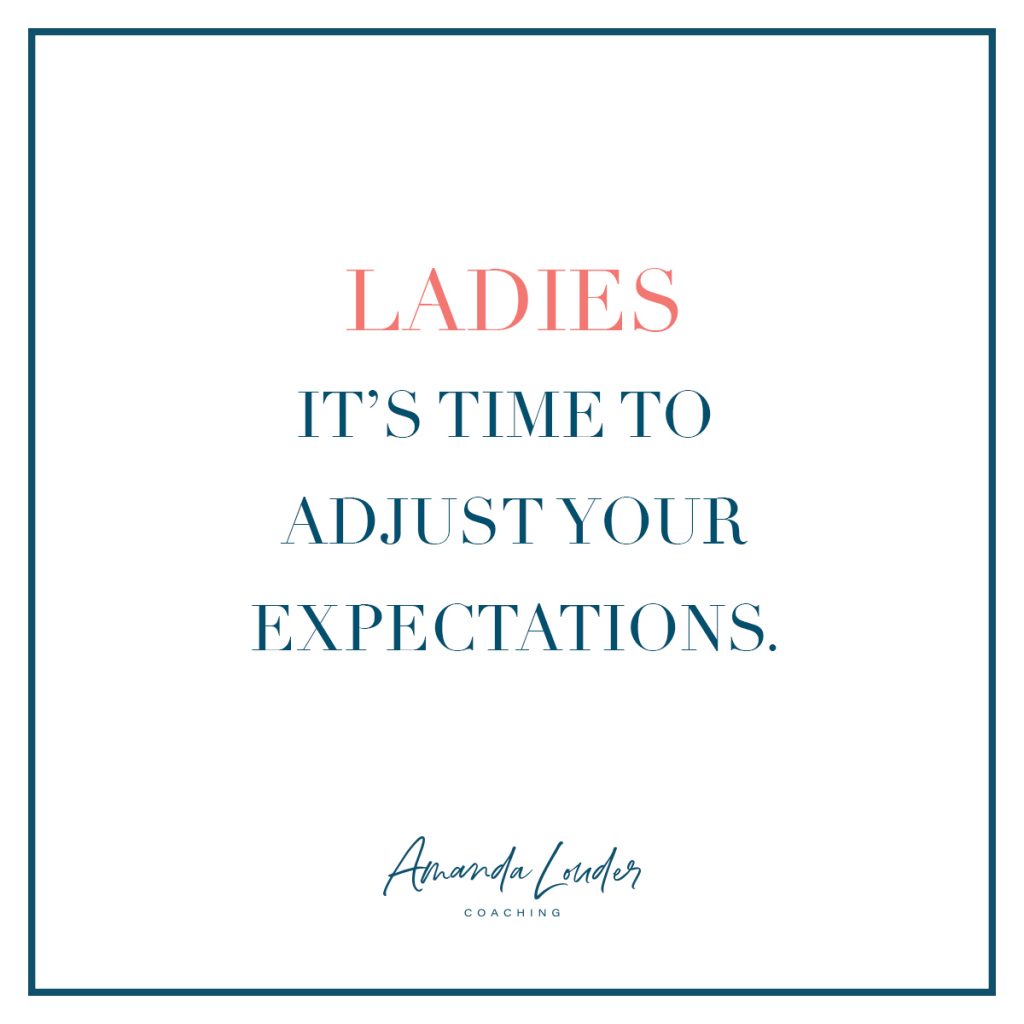
One of my favorite things I get to do is help women discover how they orgasm so they can experience greater pleasure in their sexual encounters and build a better sexual relationship with their spouse. I will share two main reasons women don’t have orgasms and a few suggestions of ways to fix it. This podcast is not only for those who can’t orgasm, but I also share ways to understand your body and some options to make a good sexual relationship even better.





Show Notes:
Follow Amanda on Facebook and Instagram.
Join Amanda’s Private Facebook Group.
References for this episode:
Becoming Cliterate by Laurie Mintz, Ph.D.
(affiliate links)
Show Summary:
Orgasms are always a hot topic. My previous episode on orgasms, number 75 I did almost a year ago, so I thought it was time to do another one.
For some, the orgasm tends to be quite elusive. One of my favorite things is helping women discover how they orgasm so they can experience greater pleasure in their sexual encounters. So, I thought I would share with you a few tips and tricks on why you aren’t having orgasms and how to fix it!
There are TWO main reasons why women aren’t having orgasms.
- We don’t understand our bodies and how they work.
- We don’t understand how our mind contributes to our arousal.
Understanding Our Bodies
In the book Becoming Cliterate by Laurie Mintz, PhD, it talks about the pleasure gap. As a society we are so focused on intercourse and the male orgasm, which is typically what is shown in media and porn, that men are having way more orgasms than women are. And, men and women get the false idea that women also orgasm from intercourse. So, when we get married and have sex for the first time and we don’t…women often feel like they are broken and men feel like they did a bad job, and it leaves both parties feeling pretty frustrated with the whole process.
From a young age, girls are socialized to believe that their sexuality is not for them. That men are the more sexual beings and our sexuality is to gratify them or to help keep theirs in control. That to be a virtuous woman, we must not be sexual in any way. We are taught that our genitals and secretions are gross. That we should not touch ourselves “down there.” And if you do touch yourself, that you are a sinner and need to see the bishop and repent. This whole narrative is very problematic. Most women, even ones who are about to get married or have been married for a while, don’t understand our bodies and how they work. And when we don’t understand our bodies, and how we personally feel pleasure, how in the world are we supposed to tell our spouse? How are we supposed to share that with them?
The idea that women should orgasm from intercourse is the number one lie that inhibits our ability to orgasm. But here are some statistics for you.
- 4% of women can orgasm from intercourse alone.
- 43% of women can orgasm from intercourse PLUS direct clitorial stimulation.
- 34% of women orgasm from direct clitoral stimulation alone
- And 19% of women rarely, if ever, orgasm with a partner.
From these statistics, 95% of women need clitorial stimulation to reach orgasm. Do you see why we have been sold a lie?
The media and porn also portray women being able to orgasm in just a matter of minutes, like a man. But this too is not accurate. When I speak to women on my mini-sessions, I ask them about their orgasms. Are they having them? How often? Are they good? The majority of women tell me that they aren’t, because it just takes too long. I always ask them, “what is too long?” Recently one woman told me that if it takes more than 5 minutes, it’s too long. Many say they get bored once they’ve been trying for 10-15 minutes. Often, they are concerned about what their partner is thinking if it takes more than just a few minutes. Most women (who haven’t been listening to my podcast) are shocked when I tell them that typically women take 40-60 minutes to orgasm. Sure, this can be sped up with a vibrator, but really, that’s pretty typical. Men are more like 2-8 minutes, which is why we think it should be that way for us to. So, ladies, you need to adjust your expectations, just a little!
Understanding our Mind
Our brain is our biggest sex organ. We often don’t understand how powerful it is to turn us on and turn us off. We think we just are in the mood or we aren’t. We also don’t understand that our brain is our biggest tool when it comes to having an orgasm. Just by thinking “this isn’t working” or “it’s taking too long” can turn off our chances of orgasm completely. That is why this is an area I work on so much with clients. Understanding what is going on in their brain that is keeping them from getting there and what they need to do instead.
So…how do we fix this problem? How can we start having more orgasms?
Get To Know Your Body
I know the topic of masturbation is pretty taboo in our conservative culture. In fact, it’s been considered a pretty heinous sin for a long time. I’m not here to tell you what to believe and what not to believe, but I am here to offer you a different perspective than maybe you’ve had before. I recently asked a client to pray to see if masturbation was the right thing for her. Yes, I said pray about it. I think that the Lord has a pretty good understanding of what is right or wrong for a person. For some people, I think it could become a problem and not be a good thing. But I believe that for the majority of us, masturbation can be a good thing for our marriages…and here’s why. It’s a way for you to get to know your body so that you can then share that with your spouse. So, this particular client, prayed about it. And her answer was much like Nephi and Laban. That it wasn’t so much about the act itself as what the purpose and motive is. I totally agree.
Some women find it helpful to see what an orgasm actually looks like so they can get an idea of what to do. I’m not advocating that you watch porn or anything like that, but there is an episode on The Goop Lab with Gwyneth Paltrow, Episode 3 on Netflix called The Pleasure is Ours. In it, Gwyneth and her team explore the female orgasm. I will warn you, there is some bad language and there are naked women. There are also women exploring the vulvas on camera. I’ll be honest, even for me, it was a little uncomfortable, just because it’s not something I’m used to seeing. I wouldn’t say it was pornographic at all. But it was graphic. But also on that episode, it shows a woman masturbating and having an orgasm. It was very informative. So, if you think that might be of interest to you, I’d suggest you watch it to get some ideas.
Once you have a better idea of how your body works, it will be much easier to tell your husband how he needs to stimulate you in order for you to climax. You may even want to try masturbating in front of your partner so they can see what you like. I’m sure it will be very thrilling for them too. Win! Win!
Relax and be patient
When it comes to having an orgasm, the more you think about it, the less likely you will be to reach it. The key is not to try and force it. It takes time!
In order to orgasm, you need to successfully move through the stages of sexual arousal. I talked about these stages in detail in Episode 85. But basically they are Connection, Desire, Excitement & Arousal, and Orgasm – which is then followed by Resolution and Connection again. Each of these stages is important and understanding where you are getting hung up in those stages in also important. Desire and Arousal take a lot of time and stimulation in order to move to orgasm. But, if you are stressing about it, then it’s less likely to happen.
If you are anxious or stressed about the fact that you are trying to have an orgasm, it’s going to interfere with your ability to feel the pleasurable sensations that can lead to orgasm. So, it’s important to stay present in the moment, focus on what you ARE feeling (and not what you aren’t). I often tell my clients to take the goal of orgasm off the table. Focus on pleasure and connection. By focusing on those two things, orgasm if often achieved naturally. But when we stress about possibly having an orgasm, then we are less likely going to achieve it.
Set the Scene
If you aren’t in a sexy mood, you probably won’t be able to orgasm. If you are having sex out of duty or obligation, or you are letting thoughts about yourself, your marriage, or things that have happened in your day be more present than what’s about to happen, you probably aren’t going to orgasm then either.
It’s important to get into the right frame of mine and set the mood. Do things that make you feel sexy. Maybe it’s dressing up in lingerie that you feel really good in, lighting some candles, playing some music, all of those can help. Also owning your desires and your turn-ons will help you feel more secure and get you to a place where you want to try and orgasm.
One of my new favorite finds, is thefantasybox.com. It’s a subscriptions service that sends you a new box each month with lingerie, toys, and different fantasy and role play ideas. It can really be a lot of fun and help set that scene so that you can be in a sexy mood and have your head and your body ready for an amazing experience.
Don’t underestimate your clitoris
Like I said before – for 95% of women, the clitoris is the most important part of sexual stimulation in order to orgasm. But, how much stimulation varies from woman to woman. Some women need a LOT of stimulation. Sometimes more than what is humanly possible, which is why vibrators are so amazing. And we’ll talk about that more in a minute. But some women have very sensitive clitorises. I always suggest a good lube, which will help reduce uncomfortable friction. But, the clitoris is more than just the little head or glans that you see. That’s only the external part. The clitoris is actually quite large internally and can be stimulated by rubbing the labia and different parts of the vulva. The whole vulva area has tons of nerve endings, so if rubbing the clitoris directly isn’t working, try focusing on other areas. Also try different techniques and motions. Long motions. Short motions. Circles. Figure eights.
78% of women’s orgasm problems are caused by not enough or not the right kind of clitoral stimulation, which is why it is so important to be patient and try lots of different things.
Experiment with positions
So, now that you understand that your clitoris is your best chance to reach orgasm, you can start playing around with positions that stimulate it.
Finding positions where you are in control of the pressure, the motion, and the pace is often the best way to reach orgasm with intercourse.
Try a vibrator
But, there are plenty of women who need more than the stimulation they get from intercourse, or they just want to speed things up, which is why it’s also a great idea to try a vibrator.
I had one client, when I introduced the idea of a vibrator was absolutely shocked. She thought only prostitutes used things like that. And I kind of had to laugh, because I used to think the same thing. I thought that “good girls” didn’t use those kinds of things. I also had beliefs that my husband “should” be enough. But that just isn’t true. Some women just need more than what is physically possible. Sure, manual or oral stimulation, or the stimulation from intercourse may feel good, but it’s often not enough to bring a woman all the way to orgasm. Thank heavens for the invention of the vibrator.
I recently read about the first vibrator (in Becoming Cliterate) and thought it was so interesting, so I wanted to share it with you.
Back in the Victorian era, women were told that having an orgasm was a bad thing. Even though history suggests that in earlier eras, like the Renaissance era, midwives encouraged female orgasms. So, in the Victorian era, there were a lot of sexually frustrated women. Countless numbers starting exhibiting physical symptoms. They complained to doctors of anxiety, irritability, and insomnia. The syndrome was labeled “hysteria.” Now, I want you to think about that for a minute. I’ve had a theory, for quite a while, that one of the reasons we have so much anxiety today is that women are sexually frustrated and they just don’t know it. Because women feel like “they are never in the mood” and don’t have sex, they are missing out on a key part of the release they get from an orgasm, and anxiety and irritability build. Interesting right? Ok…back to the Victorian Era…
To treat “hysteria” doctors applied vegetable oil to their hands, put a couple of fingers inside their patients’ vaginas, pressed the heal of the hands against the clitoris and rubbed. And not suprisingly, the women had orgasms. No surprise, there lots of repeat customers for this “treatment.”
Now, what’s funny, is that doctors’ hands starting cramping from giving their patients so many “treatments.” So they began experimenting with other ways to give their “treatments” so their patients, including water-based massagers. Nothing worked as well as their hands though until electricity was invented. The vibrator was the 5th appliance to be electrified – after the sewing machine, fan, tea kettle, and toaster, but before the iron and skillet. So funny right?
Vibrators were plug-in, and then battery powered and they were a huge hit in helping women cure their hysteria at home. But, in the 1920s, they starting showing up in pornographic films and then became “unacceptable”. They didn’t start to make their comeback until the sexual revolution in the 1970s.
If you are looking to try a vibrator, I have a couple of my favorites linked on the resources page on my website.
Communicate
So, the last piece of information on how to have an orgasm is having proper and effective communication with your spouse.
So often, we are afraid of hurting our partners feelings, that we don’t express what is actually going on for us. Maybe you’ve faked orgasms for years. Maybe you’d like to try a vibrator and don’t know how to tell him.
Communication is one of the biggest things I work on with my clients. When we put our spouses potential feelings in front of our own, we are never going to be happy or satisfied and are often left feeling resentful. And I am not saying that you shouldn’t care about your spouse’s feelings. Of course you should. But doing so at your own expense isn’t helping you or the relationship.
Ultimately, most husbands want their wives to be happy and satisfied. They find a lot of satisfaction in seeing their wife turned on and get off. So, if approached the right way, most men will be up for trying whatever you want and need to make it happen. Just reassure them that you are both learning here. And it’s not that they’ve done a bad job or that they are a failure. Ultimately, your orgasm is YOUR responsibility, not theirs. So you want to figure this out so that it brings the two of you together and creates a greater bond between the two of you.
If you need more help in figuring out how to orgasm, how to make it better, how to desire it more, or communicate better with your spouse, please consider signing up my amazing group coaching program. We go over all of this in detail and you’ll get coached on exactly what’s going on for you, so you can finally achieve that orgasm!



